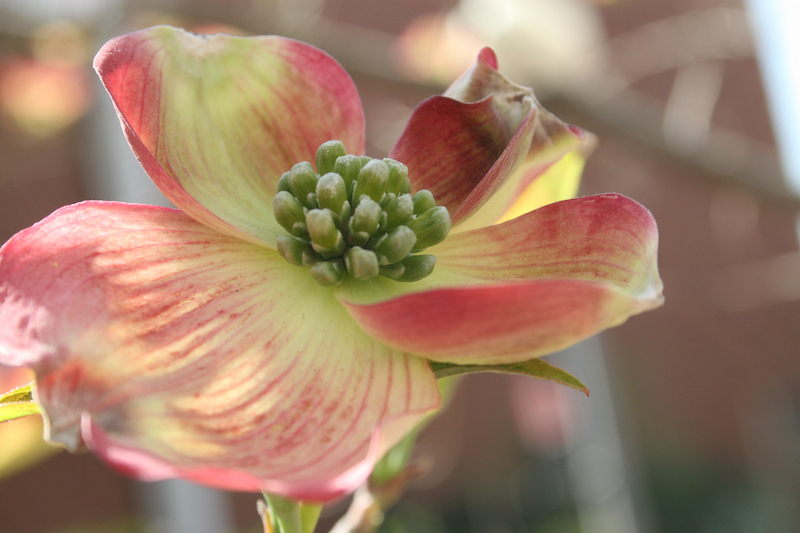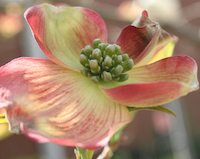If the dogwood trees in your landscape are shedding their leaves, they may be suffering the side affects of powdery mildew.
A common fungal disease, powdery mildew affects numerous ornamental plants including dogwood, rose, phlox and many bedding plants. During recent weeks, this disease has been especially severe in Georgia landscapes. Recent weather has created ideal conditions for powdery mildew to develop.
Powdery mildew peaks under damp warm day and cool night conditions. It generally does not cause serious damage to its host, but it can interfere with normal growth and reproduction and, if severe, can cause significant plant decline.
Because powdery mildew can cause premature defoliation of numerous plants, it alarms gardeners. Often infected plants will produce new growth that may or may not become infected depending upon environmental conditions.
Powdery mildew is most common on plants growing in shady areas. Since the disease is favors high humidity, increasing air circulation and light penetration can reduce infection. This can be accomplished in overgrown landscapes by selectively pruning. Increasing ventilation and light intensity can reduce disease.
The powdery mildew fungus grows over the surface of tender leaf and stem and gives them a white to gray appearance. Young leaves are typically infected first. The fungus then sends structures into the epidermal cells of the leaf to act as anchors to absorb water and nutrients from the plant. The plant slowly declines as a result of the fungus.
Other symptoms of infection may include dwarfing, distortion, chlorosis, premature senescence and browning of leaves, and blemished or aborted fruits and flowers. Throughout the growing season new infections may develop on plants that continue to produce new, succulent shoots.
Powdery mildew infect cannot be stopped by severely pruning and cutting back plants. Air currents disperse the spores in greatest number midday.
Chemical control is seldom recommended in home landscapes. When control is necessary select a fungicide that’s label specifies effectiveness against powdery mildew. Fungicides protect healthy tissue from infection but they do not cure diseased tissue. The white to gray powdery growth on the leaf will remain after spraying. Repeated applications are necessary to control powdery mildew. Follow label directions carefully before use.
For more information on controlling diseases in home landscapes, see the University of Georgia Cooperative Extension publication website at www.caes.uga.edu/publications/.








